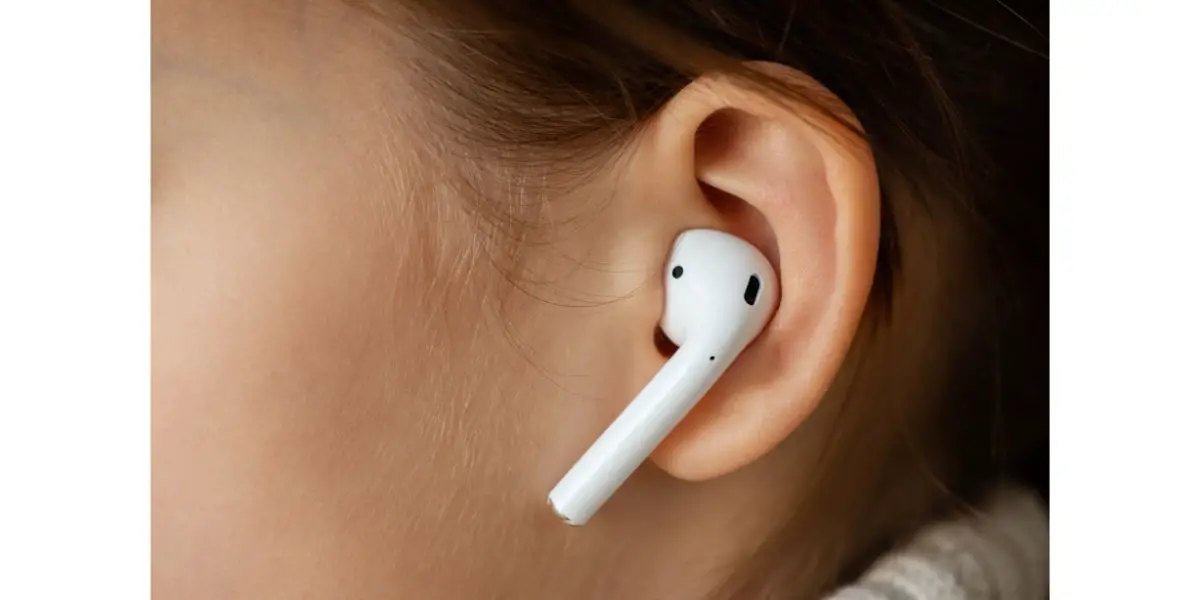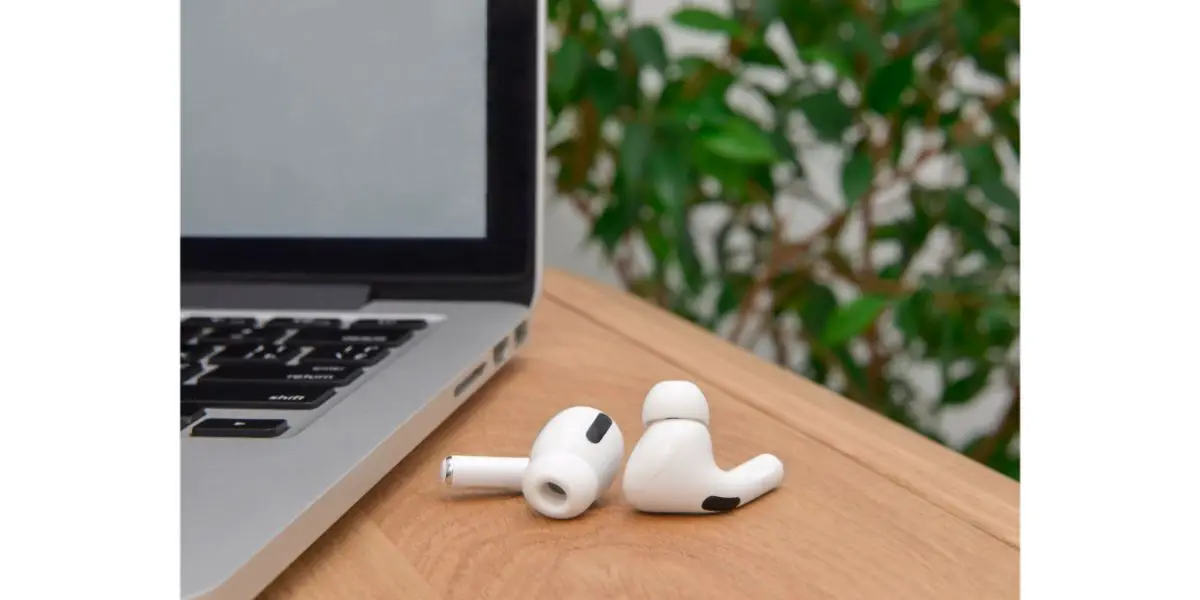Disclaimer: This post may contain affiliate links, meaning we get a small commission if you make a purchase through our links, at no cost to you. For more information, please visit our Disclaimer Page.
Apple AirPods offer easy pairing, artificial intelligence (AI) within your ears, and long battery life. While it’s easy to enjoy these headphones, the whole experience could be ruined if they sound out of sync.
This article will cover the six main reasons AirPods get out of sync and eight solutions to fix them.
Table of Contents
5 Reasons Why Your AirPods Could Be Out of Sync
When AirPods become out of sync, there is usually a connection, battery, software, or hardware issue. Here are the main culprits.
1. Unstable Connection
Obstructions and other connections could affect how your AirPods pair with your device.
2. Low Battery
A low battery on your device or AirPods is also a possible reason for an unstable connection.
3. Outdated Firmware
While most firmware is updated automatically, you’ll need to ensure your AirPods are charging and near your phone to receive them.
4. Audio Source Problem
Dirty AirPods could cause warped sound.
5. Hardware Issue
If your AirPods have an internal problem, like one with the sensors, they could stop and start the sound off-cue.
8 Fixes for Out of Sync AirPods
Here are eight solutions to get your AirPod sound back on track.
1. Restart the Audio, Your Device, and Airpods
As the easiest fix, let’s start by restarting your devices and the audio. Close out your apps and restart your device. Put your AirPods back in their case and close the lid.
Turn your device back on, take out your AirPods, and reopen your audio source to see if the problem has been solved.
2. Clean Your AirPods
If your AirPods are dirty or have debris stuck, it could affect how you perceive the sound. Use a 70% isopropyl alcohol wipe, 75% ethyl alcohol wipe, or Clorox disinfecting wipes to clean the exterior – do not use them on the knit mesh or ear cushion. For these, use a dry cotton swab.
Avoid using sharp or abrasive materials on your AirPods.
3. Charge Your AirPods
Battery issues could cause your AirPods to be out of sync, so to be sure this isn’t the case, let’s charge up your AirPods and their case. Put the pods in their case and close the lid; this will automatically turn them off and charge them.
To charge the case itself, connect it to a power outlet with the Lightning to USB cable and a power adapter. You can also charge it wirelessly if you have a MagSafe wireless or Qi-certified charger. The light on the case should turn on for a few seconds and then off to indicate it is charging.
To check the charge status of the case, open the lid and wait a few seconds. The charge status should show on your connected device.
4. Reset the AirPods
According to Apple, AirPods and AirPods Pro can be reset if they won’t charge or to fix another issue. First, put your AirPods in their respective original case and close them in. Wait about thirty seconds.
Next, open the cover, remove your AirPods, and put them in your ears.
Third, open your “Settings” on your device and select “Bluetooth”. You could also go to “Settings” and then “[your AirPods].” If your AirPods are connected via Bluetooth to your device, select the Info button and choose “Forget this Device.” Confirm your selection. If your AirPods aren’t connected, continue.
Then, return your AirPods to their case and close them in. On the back of the case, you’ll find a small setup button. Hold it for at least 15 seconds until the light on the case flashes amber and then white.
Finally, open the charging case lid and make sure your device is near the case and AirPods. Reconnect your device to your AirPods via Bluetooth settings.
5. Adjust Your Sound Settings
AirPods offer three sound settings to improve the user experience: noise cancellation, transparency mode, and off-mode. Toggle with these sound settings to see if your synchronization improves.
Noise cancellation does what its name implies – it detects both external and internal sounds within your ear and counters them with anti-noise. Transparency mode lets you hear external noises to stay in tune with what’s happening around you. Finally, the off-mode cancels both.
To switch between the noise control modes on AirPods, press and hold the force sensor on the bud. You can also change the settings on your device while wearing the AirPods, by touching and holding the volume slider until the noise control icon appears.
If you prefer, you can turn active noise cancellation on only one bud through your AirPods settings on your device.
6. Update Your Firmware
The firmware on your AirPods is programmed software, including read-only memory and updates. AirPods will usually update on their own and there is no physical update button you can select, but you can ensure you have the latest version via “Settings” on your device.
Click “Bluetooth.” Tap the Info button, scroll to “About” and take note of the firmware version you’re running. If you think an update is available, put your AirPods away, close the case, connect it to a charging source, and place it next to your iPhone. The iPhone should deliver the update to your AirPods.
7. Check Your Bluetooth Range
AirPod optimal reception range is between 30 and 60 feet. If obstructions are present, the range will be less. Be sure you aren’t too far from your device and that your device is charged and up and running with a clear connection.
8. Eliminate Surrounding Connections
Technology has advanced enough that devices cannot connect to multiple speakers and devices simultaneously. If your device is paired with multiple Bluetooth connections, it could weaken its connection to your AirPods. Ensure your device is only connected with your AirPods to see if this solves the audio issue.
Final Thoughts
Out-of-sync audio on your AirPods could be caused by connection, battery, software, or hardware issues. You can try restarting, resetting, cleaning, updating, and adjusting your AirPod or device to fix the issue and check your Bluetooth range and connection.
If your issue persists, you can always contact a professional Apple technician by calling 1-800-275-2273 or heading to your local Apple store.


